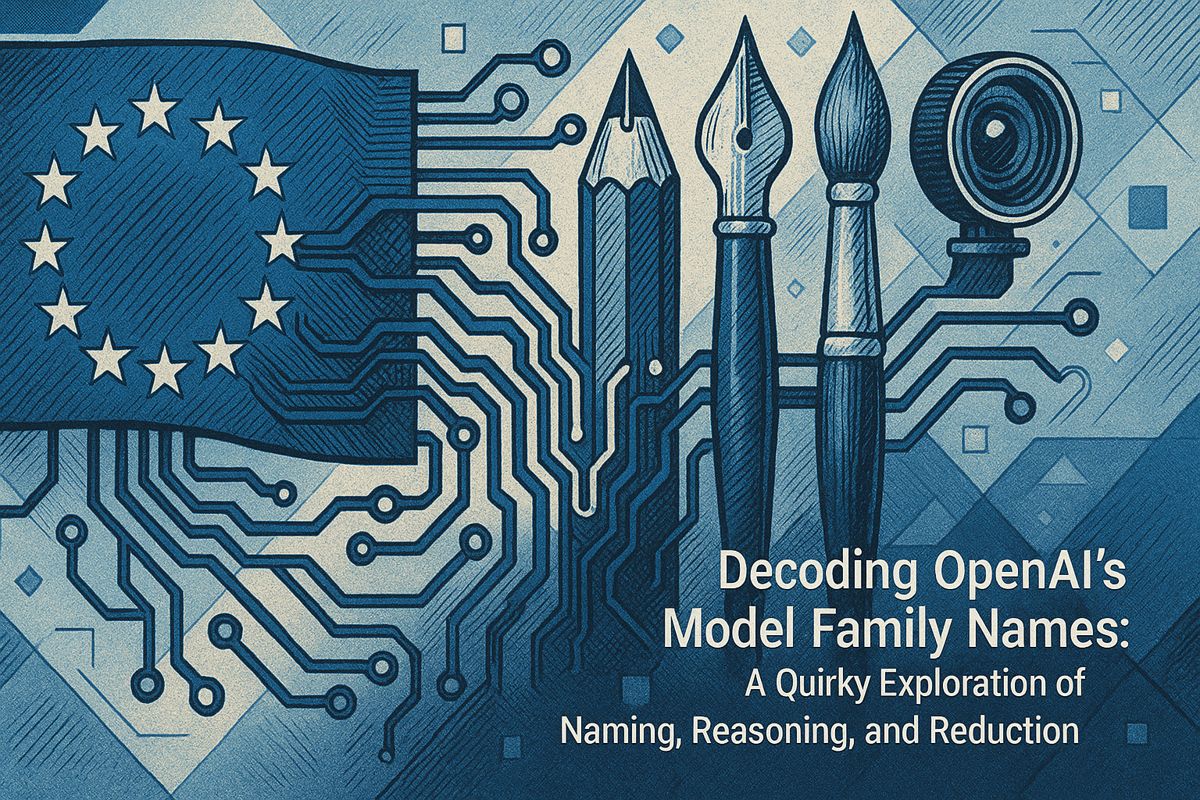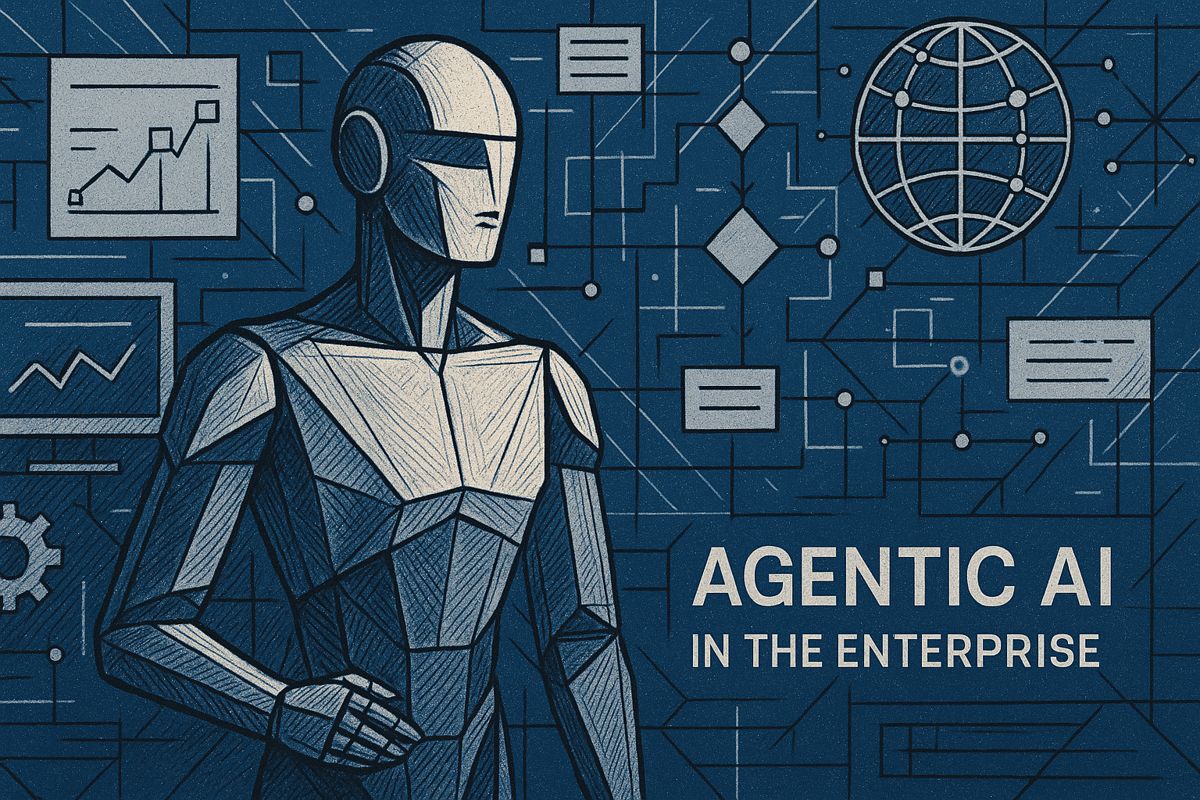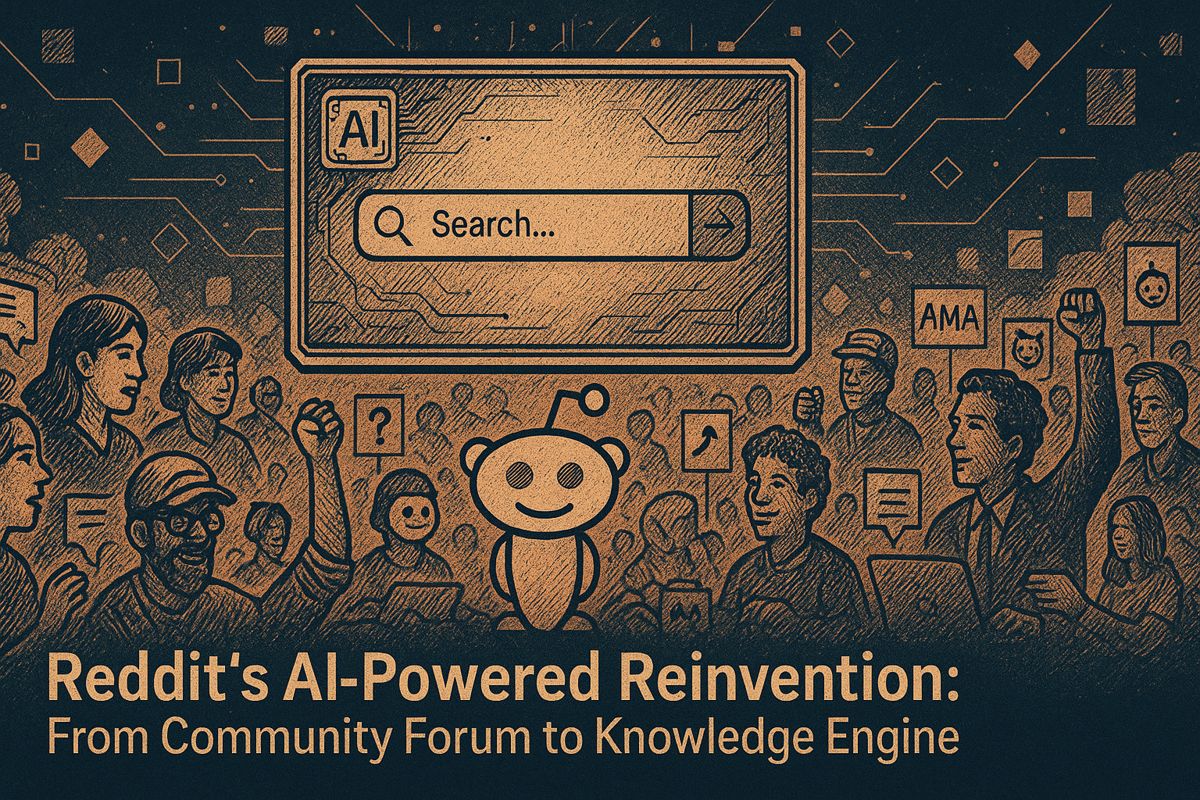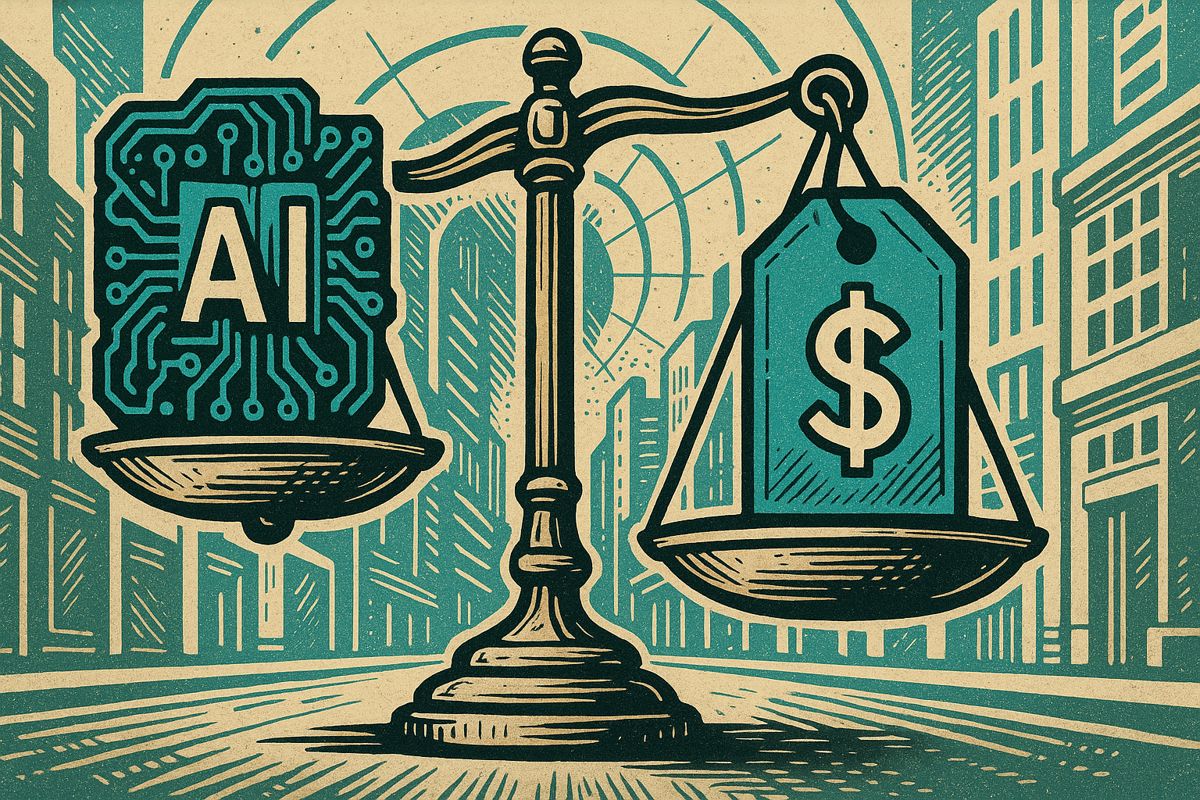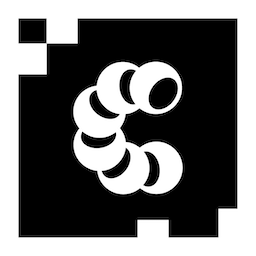In March 2024, the EU introduced a groundbreaking AI Act that changes the game for content creators. The law creates a ‘limited-risk’ category that allows creative professionals to use AI technologies with more freedom and less legal worry. Creators now just need to be transparent about AI usage, which means clearly telling users when they’re interacting with an AI-generated tool or content. This approach turns AI from a scary, uncertain technology into a playful creative playground where even small studios and freelancers can experiment safely. The new rules feel less like strict regulations and more like an exciting invitation to innovate and explore AI’s creative potential.
What is the EU AI Act’s Impact on Content Creators?
The EU AI Act introduces a ‘limited-risk’ category for generative content tools, requiring transparency about AI usage while enabling creative professionals to use AI technologies with reduced legal barriers. Content creators can now experiment and innovate more freely, with clear guidelines for responsible AI implementation.
1. The Law Lands—Or: Why My Coffee Got Cold in March
I remember the day the EU Artificial Intelligence Act was adopted—March 2024—mostly because my espresso went untouched and cold, sacrificed to the gods of legislative livestreams. It was one of those moments that felt both historic and oddly bureaucratic, like watching the launch of a satellite but from a conference room in Brussels. Europe, ever the paladin of protocol, had just birthed the world’s first comprehensive legal framework for artificial intelligence. No hyperbole—just ask the folks at OpenAI or the editors of “Nature Machine Intelligence.” The law’s full weight isn’t set to drop until August 2026, although anyone dabbling in general-purpose AI (GPAI) models will start feeling the pinch in August 2025.
What’s really intriguing—dare I say, almost poetic?—is the rise of the ‘limited-risk’ category in the final text. It’s a legal palimpsest: erasing old anxieties about AI running amok and transcribing in their place a pragmatic pathway for everyone from solo copywriters to the clever minds tinkering at DeepMind. The vast majority of generative content tools—think text generators, synthetic image engines, even those slightly uncanny marketing bots that somehow know you’re out of oat milk—now fall under this banner.
I had to stop and ask myself: is this just regulatory hand-waving, or does it actually shift the daily grind for creative teams? The answer, as I fumbled for a warm croissant, is a resounding yes.
2. The Anatomy of Risk—And a Dash of Kafkaesque Humor
Under the hood, the Act runs on a taxonomy that’s as intricate as a late-night jazz solo. At one end, you’ve got prohibited AI practices—the stuff of dystopian fiction and, regrettably, some all-too-real regimes. Social scoring, manipulative psychological nudging, biometric surveillance à la Orwell: all verboten. On the other end, high-risk systems inhabit the limelight: AI that pilots trains, manages hospital ventilators, or decides who gets that job at Siemens. Here, oversight is as tight as a drum.
But for the lion’s share of content creators, it’s the limited-risk swath that matters. The legal obligations? Essentially, keep users in the loop—let them know they’re interacting with a machine, not a real person with a penchant for dad jokes or the scent of printer ink on their hands. When I first read this, a little voice (probably the ghost of my high school debate coach) muttered, “That’s it?” Honestly, it’s not a bad deal. The requirement is clear, like a bell: transparency over bureaucracy.
Still, I’d be lying if I said I grasped all the consequences immediately. There were moments—call it legal vertigo—when the risk tiers blurred together and I wondered if my own AI-augmented brainstorming tools would someday need a license to operate. Luckily, a quick chat with our compliance officer (shoutout to Marta, who lives for footnotes) sorted that out: as long as users are informed, creativity can proceed unburdened.
3. From Legal Labyrinth to Creative Playground
The emotional tone in the creative sector has shifted palpably—something between cautious optimism and the giddy thrill of finding an old Polaroid camera in your attic. Marketers, designers, and writers who once tiptoed around AI for fear of regulatory thunder are now rolling out pilots and scaling up production. Take the Berlin agency—let’s call them “StilBlitz”—whose copy team, formerly shackled by compliance anxiety, now churns out AI-enhanced ad concepts with a newfound swagger. It’s not just anecdotal; across dozens of European startups, workflows have gone from tentative to turbocharged.
This isn’t to say the Act is a panacea. There’s still the requirement to flag AI-generated content, often via digital watermarks or metadata tags—think of it as the olfactory equivalent of that faint, metallic tang you get handling new tech gear. Some experiment with subtle on-screen cues, reminiscent of broadcast disclaimers in the analog TV era. It’s a work in progress, sometimes clumsy, sometimes elegant, like jazz improvisation on a rainy Tuesday.
Here’s the twist: by leveling the playing field, the Act democratizes innovation. No longer do you need the legal firepower of SAP or the budget of WPP to safely experiment with generative models. Even tiny studios and ambitious freelancers can join the fray, their risks mitigated, their creative juices unbottled. That’s not just regulatory compliance—it’s a mini-renaissance.
4. What’s Next? Echoes of Gutenberg and the Scent of Wet Ink
As August 2026 approaches, the AI ecosystem is already morphing. The European Commission’s draft Code of Practice for GPAI models, announced in April 2025, is stirring up fresh debate over best practices. (There’s a whiff of academic rivalry in the air—“ACM Transactions on AI” published a rather pointed critique, which I may or may not have dog-eared for later.) Meanwhile, the marketplace is cascading with new tools: hyperspectral image generators, AI-driven research assistants, and community-maintained plugins that would’ve made Turing do a double-take.
Open-source movements are thriving, emboldened by both clarity and the paradoxical freedom that comes from well-drawn boundaries. I felt a frisson of excitement (yes, actual goosebumps) watching a Slack channel ignite when someone demoed a new transparency feature. The energy is reminiscent of the early internet—messy, imperfect, but undeniably alive.
Looking back, the limited-risk approach feels like Europe’s way of channeling the spirit of Gutenberg or Méliès—guardrails set, but the creative highways wide open. Will there be stumbles? Absolutely. Will there be another cold coffee sacrificed to a marathon policy webinar? Probably tomorrow morning.
And that’s the beauty of it. The story is unfinished. The ink’s barely dry…

